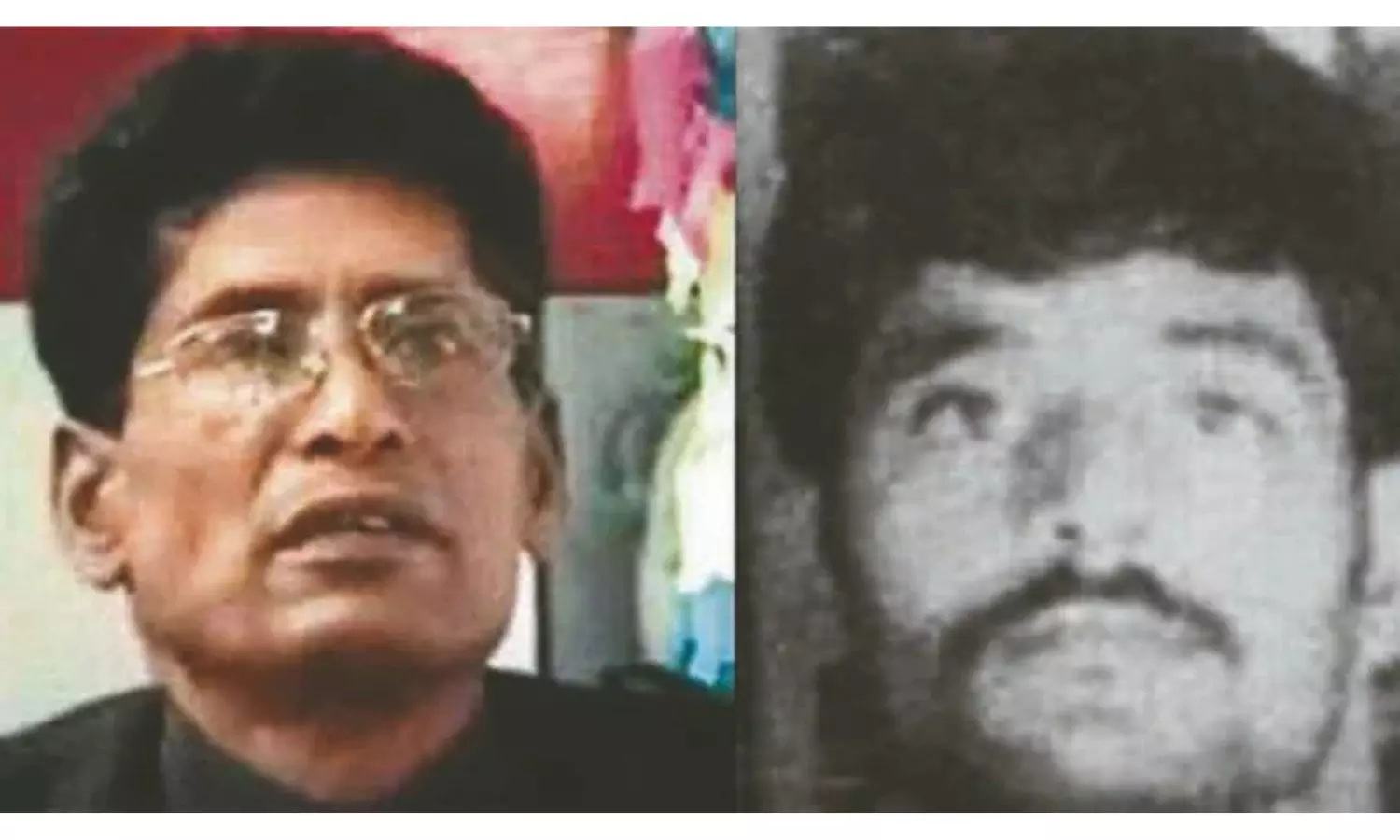AA Edit | Top Maoist’s Killing Is A Huge Blow To Naxalism
The encounter comes within a week after CRPF director-general G.P. Singh declared that it is the beginning of the end for the Naxal menace

The death of Nambala Keshav Rao alias Basavaraju, the general secretary of the outlawed Communist Party of India (Maoist), in an encounter in the Abujhmad jungle in Narayanpur district in Chhattisgarh, deals a severe blow to Naxal-linked extremist activities in the country. The encounter comes within a week after CRPF director-general G.P. Singh declared that it is the beginning of the end for the Naxal menace.
Keshav Rao was known as a ruthless and aggressive military commander and was instrumental in several attacks on political leaders and government installations. After the custodial death of Charu Mazumdar, the founder of the left-wing extremist movement in India at Naxalbari village in West Bengal in July 1972, this is the first time that a general secretary-ranked Naxalite leader has been killed in an encounter with security forces.
Keshav was a native of Kotabommali village in Jiyannapet mandal of Srikakulam district in Andhra Pradesh. He graduated from Regional Engineering College (REC), Warangal, where he joined the Naxalite group, inspired by People’s War Group founder Kondapalli Seetharamaiah.
The death of the high-profile leader of an organisation that is spread across Chhattisgarh, Maharashtra and Jharkhand indicates that support for the insurgency is weakening among the people. Its cadre base, too, appears to be depleted, especially after a deadly 21-day counter-insurgency operation in Karregutta, which used drones and satellite images to guide around 5,000 security personnel. The fact that the District Reserve Guard (DRG), a Chhattisgarh police unit composed of surrendered Naxals, played a crucial role in the encounter shows that the odds are against the Maoists.
The Communist insurgency, which started as an uprising by peasants asserting their right to survive in 1967 and peaked in the 1990s, appears to be on the verge of extinction because of a sustained two-pronged strategy adopted by various governments — initiated by the Y.S. Rajasekhara Reddy government in Andhra Pradesh and followed by others later — involving welfare measures to wean away people’s support for the Naxal-Maoist insurgency and a ruthless crackdown against its cadre.
From being a dreaded organisation in the country, the Naxalite-Maoist influence is now limited to four districts in Chhattisgarh and one district each in Jharkhand and Maharashtra. In the last 15 months, over 400 Maoists have been killed in various encounters, at a pace that could fulfil Union home minister Amit Shah’s promise to make India free of left-wing extremism by March 2026.
Nevertheless, politicians in their moment of triumphalism should not overlook the fact that the prime cause of the downfall of left-wing Extremism in India are the opportunities a growing Indian economy has provided to aspirational people. As long as people are included in the country’s economic growth story, no insurgency will ever take root. But if people feel deprived of the fruits of economic growth and their voices of resentment are stifled, extremist tendencies will again germinate. The ruling classes must, therefore, conduct themselves in the spirit of sabka saath, sabka vikas.
